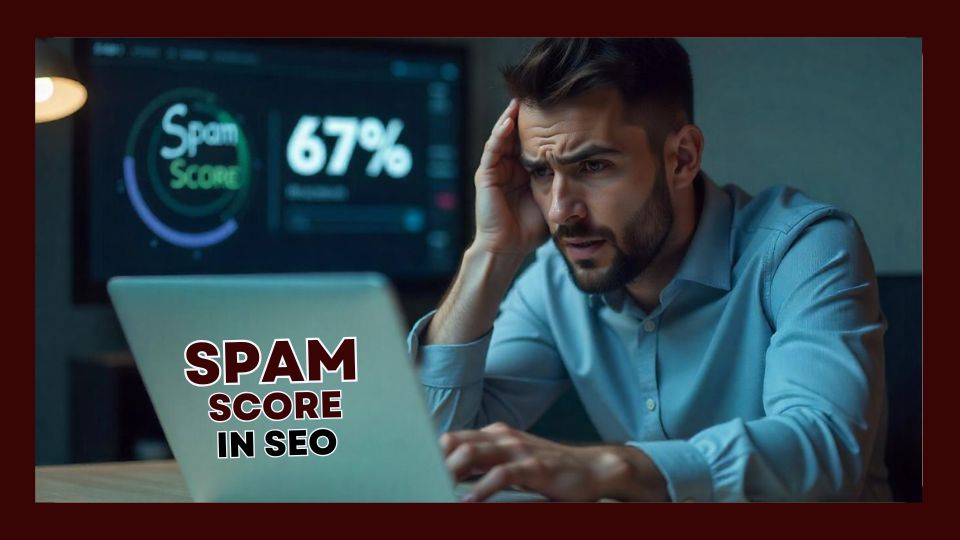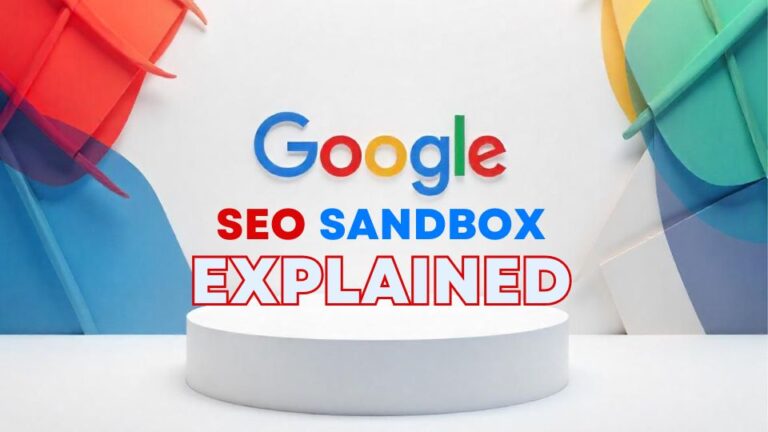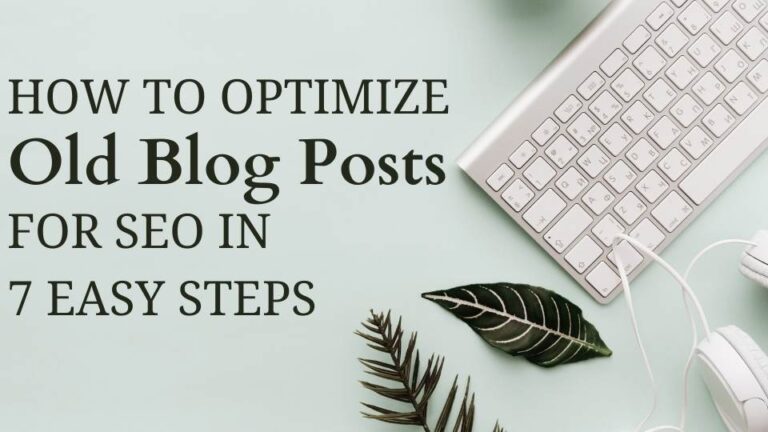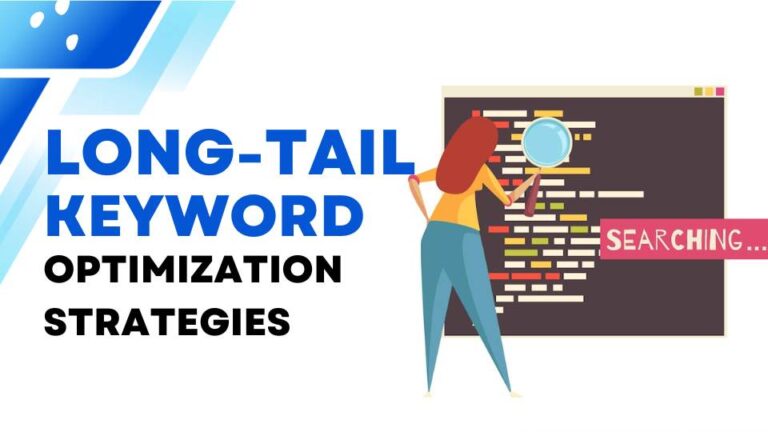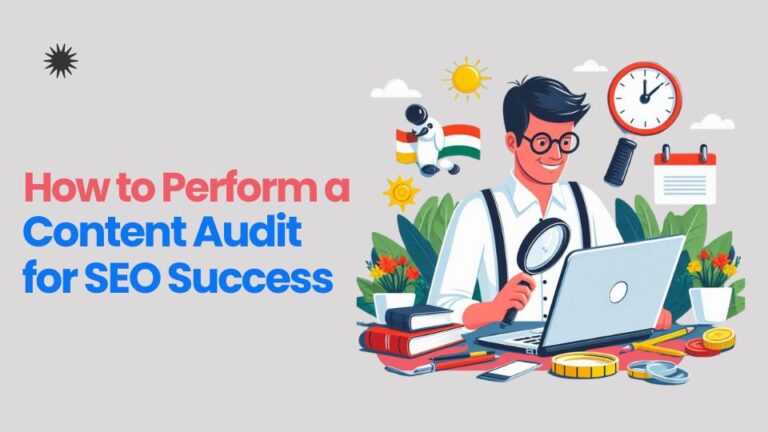Imagine this: You’ve spent months building your website, crafting amazing content, and securing backlinks. But then, your rankings drop unexpectedly. Why? The culprit could be your spam score.
Spam score in SEO is like a health report for your website—it reveals whether search engines trust your site or perceive it as spammy. In this guide, we’ll explore spam score in clear, simple terms , why it matters, and how you can keep it low to maintain your SEO health. Let’s dive in.
Understanding Spam Score: A Website’s Trust Meter
Spam score, developed by Moz, predicts the likelihood of your website being penalized by search engines. It’s expressed as a percentage ranging from 0% (good) to 100% (bad).
Think of it as a trust meter. A low spam score means search engines see your site as trustworthy, while a high score raises red flags, jeopardizing your rankings and reputation.
Why Does Spam Score Matter?
A high spam score can ripple through your SEO performance. Here’s why it’s critical:
| Impact Area | What Happens? |
|---|---|
| Search Rankings | Search engines lower your position, reducing your organic traffic. |
| Credibility | Visitors may distrust your site, affecting conversions and engagement. |
| Risk of Penalties | Google may issue penalties, removing your site from search results altogether. |
Keeping your spam score low ensures your site remains visible, credible, and penalty-free.
How Is Spam Score Measured?
Spam score is determined by analyzing your website for spam signals—specific behaviors or patterns commonly found in low-quality or spammy websites.
Here’s a breakdown of these signals:
| Spam Signal | What It Means |
|---|---|
| Bad Backlinks | Links from irrelevant, untrustworthy, or spammy websites. |
| Duplicate or Thin Content | Pages with little value or content copied from other sources. |
| Keyword Overuse | Repeated use of the same keywords in anchor texts or on a page. |
| Excessive Ads | Too many ads disrupt user experience and make the site appear low-quality. |
| Unsecured Website | Sites without HTTPS (SSL certificate) appear unsafe to both users and search engines. |
How to Interpret Your Spam Score?
Not every spam score is a cause for panic. Here’s how to assess your score:
| Score Range | What It Indicates |
|---|---|
| 0% to 30% | Low risk. Your site is likely safe. |
| 31% to 60% | Medium risk. Review your site for possible issues. |
| 61% to 100% | High risk. Take immediate action to fix spam signals. |
Pro Tip: Aim to keep your spam score below 30% for optimal SEO health.
How to Check Your Spam Score?
Checking your website’s spam score is simple with the right tools.
Using Moz Link Explorer
Here’s a step-by-step guide:
- Visit Moz: Go to Moz.com and log in (or create an account).
- Open Link Explorer: Navigate to the Link Explorer tool.
- Enter Your Website URL: Type your site’s domain in the search bar.
- Review Results: Check your spam score and analyze the flagged spam signals.
Other Tools
- Ahrefs: Provides backlink quality insights.
- SEMrush: Tracks backlink health and toxic links.
- Google Search Console: Monitors website performance and flags potential issues.
Common Reasons for High Spam Scores
Here’s why your spam score might be higher than expected:

- Poor-Quality Backlinks
Links from irrelevant, spammy, or penalized websites can increase your score. - Keyword Stuffing
Overloading content with keywords makes it look unnatural and manipulative. - Thin or Duplicate Content
Pages with little value or duplicate content reduce your website’s authority. - Too Many Pop-Ups or Ads
An ad-heavy layout disrupts user experience and lowers trust. - Unsecured HTTP Websites
Sites without an SSL certificate are flagged as less secure, impacting rankings and spam scores.
How to Reduce Spam Score?
If your spam score is too high, don’t panic. Here’s how to fix it step by step:
1. Clean Up Bad Backlinks
- Audit Links: Use Moz or Ahrefs to identify harmful backlinks.
- Disavow Links: Submit a disavow file to Google to ignore bad links.
2. Improve Content Quality
- Create Unique Content: Avoid duplicates and write original, valuable content.
- Add Depth: Include data, examples, and multimedia to make content engaging.
3. Optimize Anchor Texts
- Use varied and natural language for anchor texts.
- Avoid overusing exact-match keywords.
4. Minimize Ads
- Reduce the number of intrusive pop-ups and ad placements.
- Ensure ads do not block essential content.
5. Secure Your Website
- Install an SSL certificate for HTTPS.
- Regularly update plugins and monitor for security issues.
Best Practices to Prevent a High Spam Score
Prevention is the best defense. Here’s how to keep your spam score low:
- Regular Backlink Audits
Check backlinks monthly to remove or disavow harmful links. - Follow Google Guidelines
Always adhere to Google’s Webmaster Guidelines for content and linking. - Focus on Quality Over Quantity
Build backlinks from relevant, authoritative websites rather than in bulk. - Avoid Black-Hat SEO Techniques
Never buy backlinks or use automated tools to generate links. - Enhance User Experience
Prioritize fast loading speeds, intuitive navigation, and secure browsing.
Tools to Help You Manage Spam Score
| Tool | Purpose |
|---|---|
| Moz Link Explorer | Check spam score and backlink health. |
| Ahrefs | Monitor backlink quality and overall SEO. |
| SEMrush | Track toxic links and improve site health. |
| Google Search Console | Identify and resolve indexing or penalty issues. |
FAQs About Spam Score
Q: Can a high spam score hurt rankings?
Yes, it can lower your search rankings by signaling low trustworthiness to search engines.
Q: How often should I check my spam score?
Check it monthly or after any major changes to your site.
Q: Can spam score be reduced quickly?
Reducing spam score takes time and consistent effort to fix underlying issues.
Conclusion: Keep Your Site Spam-Free
Spam score acts as a mirror to your website’s health, reflecting how trustworthy and valuable it is to users and search engines. While it might seem overwhelming at first, managing your spam score is straightforward when you focus on quality content, natural backlinks, and user-friendly design.
Remember, SEO isn’t just about gaming the system; it’s about building genuine trust with both users and search engines.
Take Action Today: Check your spam score, clean up any issues, and keep improving. A healthy website is the foundation of lasting online success.
Let your website be the salt in clear water—clean, pure, and valuable.
Looking for an SEO specialist in Delhi or anywhere in India? Lovepreet Sachdeva has over 2 years of experience in SEO across different industries. Check it out today!

Lovepreet Sachdeva is an SEO Specialist with extensive experience in helping businesses improve their online presence. He is dedicated to providing top-notch SEO services and personalized strategies to boost your website’s performance. Contact him today for professional SEO assistance.

